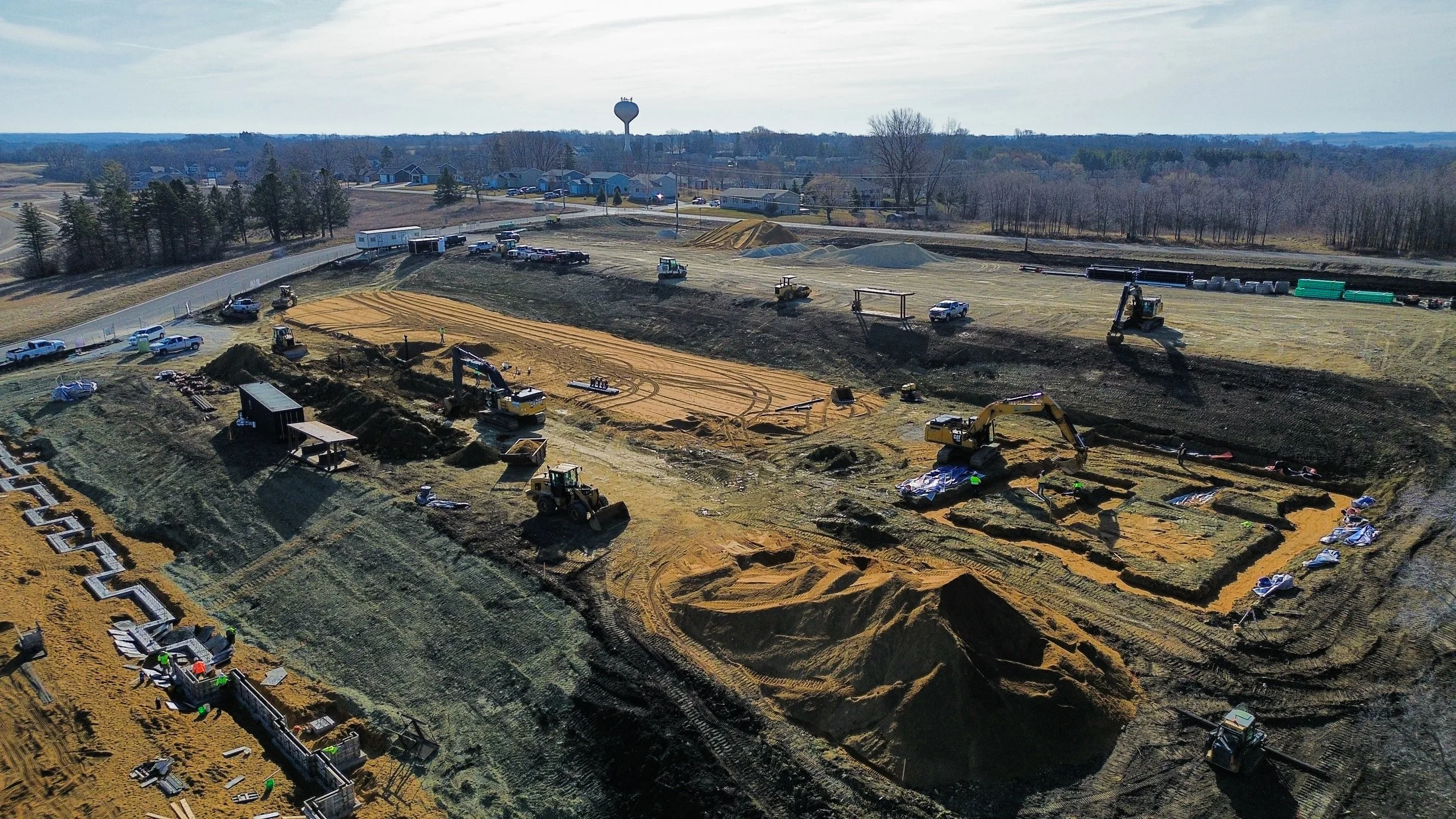
Concrete Construction
What is Concrete Construction?
When you think of construction, a material that often comes to mind is concrete. It is the foundation, literally, of most construction projects. Concrete is versatile, durable, and strong, and plays a leading role in the world of construction. But what exactly is concrete construction? In this guide, we'll delve into the world of concrete, exploring its composition, the construction process, and the myriad applications that make it an integral part of the built environment.
Introduction to Concrete Construction
Concrete construction is the art and science of shaping concrete into functional and aesthetically pleasing structures. At its core, concrete is a composite material made up of several key components. These include cement, aggregates, water, and sometimes, admixtures. Each component plays a vital role in creating the concrete that's used in construction.
Key components of concrete
01. CEMENT: THE BINDING AGENT
Cement acts as the glue that binds the other components together. It's a fine powder, typically composed of limestone, clay, shells, and silica. When mixed with water, it undergoes a chemical reaction, hardening to create the solid structure we recognize as concrete.
02. AGGREGATES: ADDING STRENGTH
Aggregates are a mix of sand, gravel, or crushed stone. They provide concrete with its bulk and strength. Fine aggregates (sand) and coarse aggregates (gravel) contribute to the final concrete mix's properties.
03. WATER: THE MIXING MEDIUM
Water is the mixing medium, helping to activate the cement and create a workable, flowable mix. Proper water-to-cement ratio is crucial for achieving the desired concrete strength and durability.
04. ADMIXTURES: ENHANCING PERFORMANCE
Admixtures are optional additions to the concrete mix. They can improve workability, reduce water content, enhance durability, or achieve specific performance characteristics.
The Concrete Construction Process
The construction of a commercial concrete project involves a systematic and well-coordinated process. It begins with thorough project planning, including site analysis, layout design, and the selection of appropriate materials. During site preparation, the ground is leveled and compacted to create a stable base for the concrete. The concrete placement phase is a critical step, ensuring that the mix is correctly poured and distributed to achieve the desired strength and finish. Once poured, proper curing is essential to attain optimal concrete properties, providing long-lasting durability.
The concrete mixing process
Concrete is created by mixing these components in precise proportions. The mixing process is often done in batch plants, which employ specialized equipment and techniques to ensure the final mix's uniformity and consistency.
Quality control is a critical aspect of the mixing process. Properly mixed concrete is essential for the strength and performance of the finished construction. Evenson Concrete Systems adheres to rigorous quality control practices to ensure every batch meets the highest standards.
The role of formwork
Formwork is like the mold for a concrete structure. It shapes the wet concrete into the desired configuration until it cures and hardens. Formwork can be constructed from wood, steel, or other materials, and it's carefully designed to withstand the pressures exerted by the wet concrete.
Once the concrete mix is ready, it's time for placement. Concrete is poured into the formwork and distributed evenly. During this phase, it's essential to eliminate any air voids that could weaken the structure. Proper compaction ensures that the concrete is dense and free from defects.
Curing is another crucial step. It involves maintaining adequate moisture levels and temperature to allow the concrete to achieve its desired strength.
Common applications of concrete construction
Concrete's versatility is showcased in a wide array of applications. Some of the most common uses include:
-
For buildings and structures, the foundation is the base upon which everything stands. Concrete footings provide the necessary support and stability for walls and columns.
-
Concrete slabs are ideal for creating flat, level surfaces for floors. They're often used in industrial, commercial, and residential buildings, providing strength and durability.
-
Concrete walls are synonymous with strength and security. They serve as load-bearing structures in many buildings, offering the required stability.
-
Concrete isn't just about function; it's also about form. Decorative and architectural concrete applications allow for the creation of aesthetically pleasing features like intricate facades, ornamental columns, and artistic sculptures.
The Evenson Concrete Systems Approach
At Evenson Concrete Systems, we're more than just builders; we're creators of exceptional concrete spaces. Our approach to concrete construction is built on a strong foundation of experience, quality, and craftsmanship. We believe in creating not just structures but also enduring works of art.
We're committed to working closely with our clients, ensuring that their visions come to life in the most durable and beautiful ways. Whether it's designing foundations, constructing slabs, or crafting decorative concrete elements, our team is dedicated to excellence in every project.
Concrete construction is the backbone of the built world. From the foundations that support towering skyscrapers to the decorative elements that grace public spaces, concrete's adaptability and strength are unparalleled. When you choose Evenson Concrete Systems, you're choosing a partner with a deep understanding of concrete construction and a commitment to delivering quality that stands the test of time.
If you're ready to embark on a concrete construction journey, whether for commercial or residential projects, contact us today. Let's turn your ideas into reality, and together, we'll build a better future with concrete.



